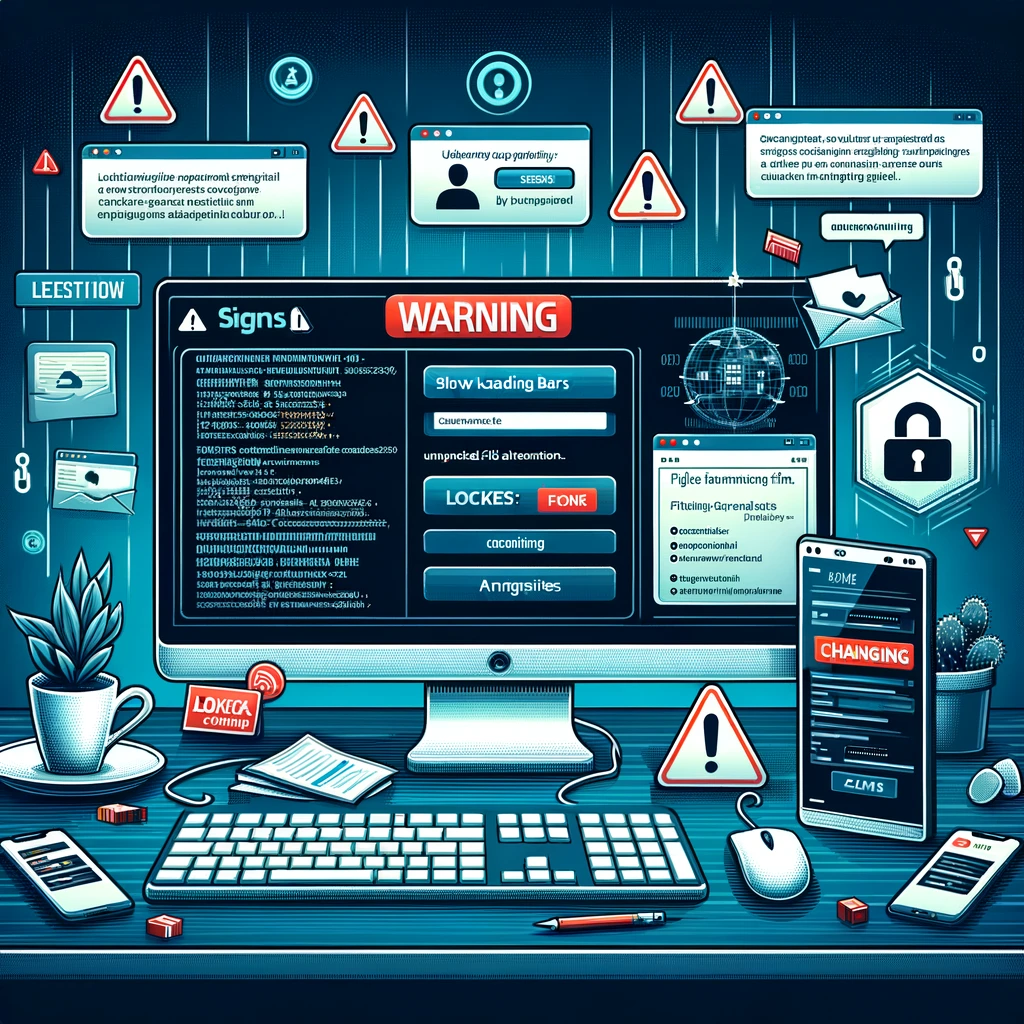Signs of Compromise:
IBM's recent cybersecurity report reveals a startling statistic - on average, a data breach goes unnoticed and unreported for 277 days. This alarming timeframe underscores the stealth with which malware, viruses, keyloggers, and other malicious tools can wreak havoc before being detected. Recognizing the early warning signs is paramount. Here are key indicators that your system may be compromised:
- Sluggish computer or network performance: Unexplained slowdowns in performance could indicate malicious activity.
- Frequent freezes or sudden crashes: If your system is crashing more often than usual, it might be under attack.
- Incessant pop-ups: An influx of pop-ups could signal malware attempting to gain access.
- Locked user accounts: Unauthorized access attempts may result in locked accounts.
- Unexpected file alterations: Changes to files without your knowledge could be a sign of compromise.
- Abnormal system behavior: Devices behaving strangely post-shutdown could indicate malware presence.
- Unusual account activity: Suspicious activities in user accounts should raise red flags.




